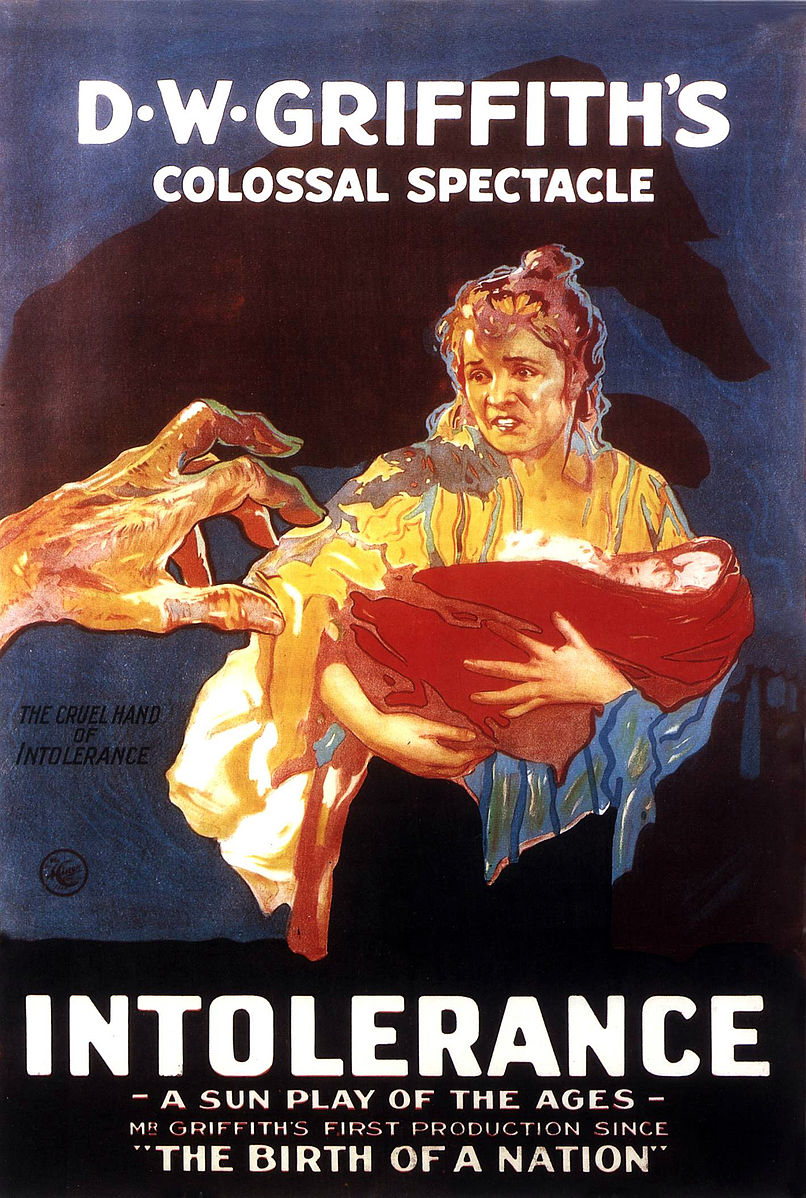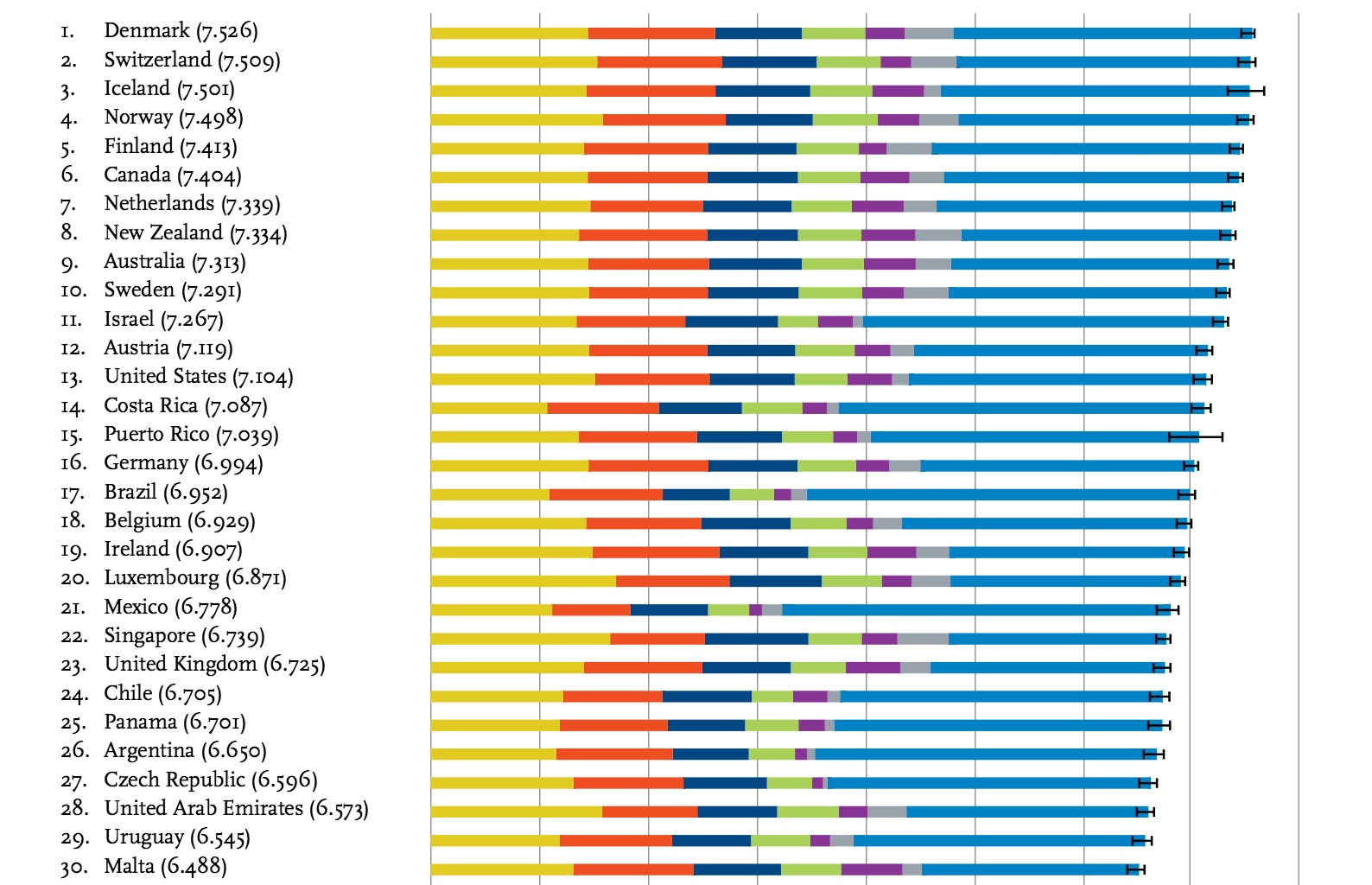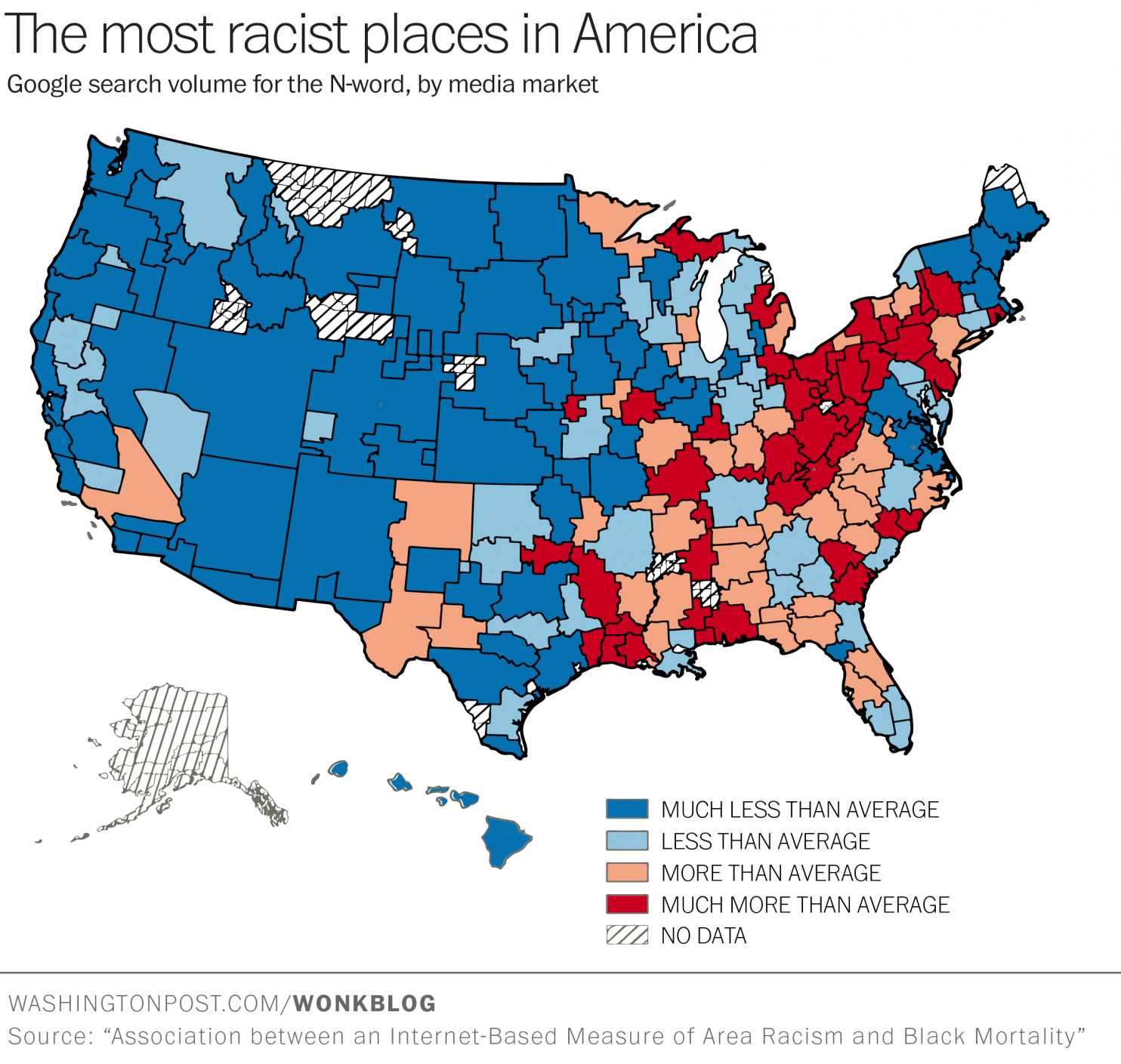Social psychologists often point out how human behavior is contagious. Laugh and others will join in. Yawn and all those around you will yawn as well. In a bad mood at home? Well, soon, chances are that the rest of your family with join you on a downer as well.
And, the contagion doesn’t end there, especially with negative behaviors; study after study shows the viral spread of suicide, product tampering, rioting, looting, speeding and even aircraft hijacking. So too, are mass shootings. Since the United States is a leading venue for mass shootings, there is now even a term for a mass shooting that happens soon after the first — an echo shooting.
From the Washington Post:
A man had just gone on a shooting rampage in Kalamazoo, Mich., allegedly killing six people while driving for Uber. Sherry Towers, an Arizona State University physicist who studies how viruses spread, worried while watching the news coverage.
Last year, Towers published a study using mathematical models to examine whether mass shootings, like viruses, are contagious. She identified a 13-day period after high-profile mass shootings when the chance of another spikes. Her findings are confirmed more frequently than she would like.
Five days after Kalamazoo, a man in Kansas shot 17 people, killing three by firing from his car. To Towers, that next shooting seemed almost inevitable.
“I absolutely dread watching this happen,” she said.
As the nation endures an ongoing stream of mass shootings, criminologists, police and even the FBI are turning to virus epidemiology and behavioral psychology to understand what sets off mass shooters and figure out whether, as with the flu, the spread can be interrupted.
“These things are clustering in time, and one is causing the next one to be more likely,” said Gary Slutkin, a physician and epidemiologist at the University of Illinois at Chicago who runs Cure Violence, a group that treats crime as a disease. “That’s definitional of a contagious disease. Flu is a risk factor for more flu. Mass shootings are a risk factor for mass shootings.”
The idea is not without skeptics. James Alan Fox, a Northeastern University professor who studies mass shootings, said: “Some bunching just happens. Yes, there is some mimicking going on, but the vast majority of mass killers don’t need someone else to give them the idea.”
Confirming, disputing or further exploring the idea scientifically is hampered by the federal funding ban on gun violence research. Towers and her colleagues did their study on their own time. And there’s not even a common database or definition of mass shootings.
The Congressional Research Service uses the term “public mass shootings” to describe the killing of four or more people in “relatively public places” by a perpetrator selecting victims “somewhat indiscriminately.”
…
In the 1980s, the violence occurred in post offices. In the 1990s, schools. Now it is mutating into new forms, such as the terrorist attack in San Bernardino, Calif., that initially appeared to be a workplace shooting by a disgruntled employee.
Researchers say the contagion is potentially more complicated than any virus. There is the short-term effect of a high-profile mass shooting, which can lead quickly to another incident. Towers found that such echo shootings account for up to 30 percent of all rampages.
But there appear to be longer incubation periods, too. Killers often find inspiration in past mass shootings, praising what their predecessors accomplished, innovating on their methods and seeking to surpass them in casualties and notoriety.
Read the entire article here.







